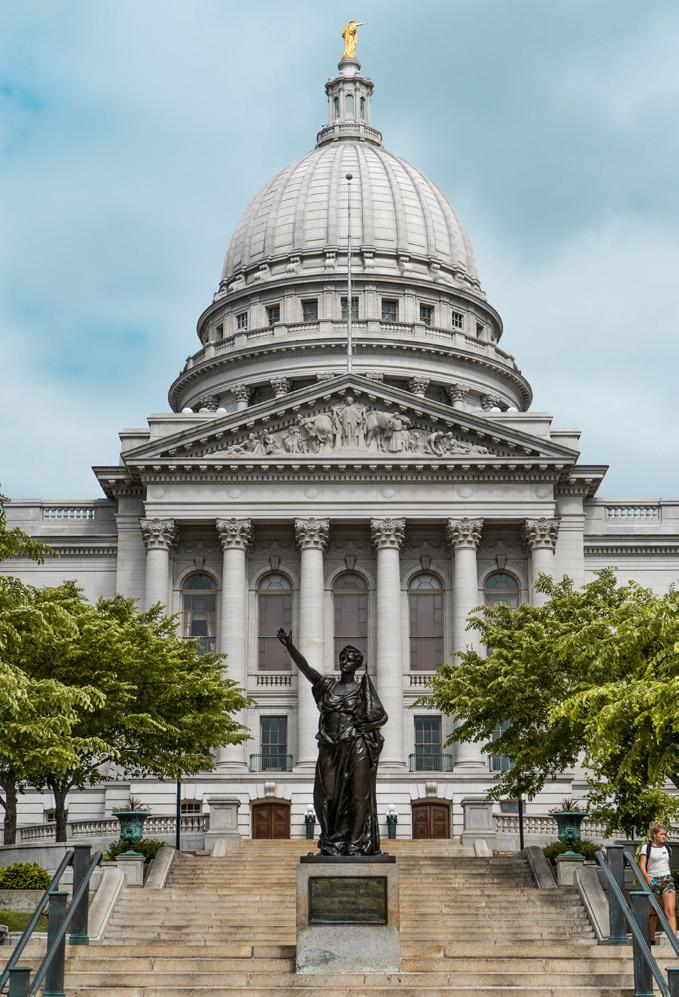Volume 30 | Issue 1
THE NOTE
FOR OUR CONSERVATION COMMUNITY Stay in the loop with the latest updates in county conservation and with what’s happening in WI Land+Water.
WE CELEBRATED EARTH DAY ON THE FARM
Read more about Lt. Governor Mandela Barnes and DATCP Secretary-Designee Randy Romanski’s visit to Schoepp Farms on Page 5.
Inside this issue
Upcoming Events: May 21 Lake Winnebago Area Association Meeting
June 10 Northwest Area Association Meeting
May 27 Southern Area Association Meeting
June 16 Legislative/Administrative Committee Meeting
June 1 Land and Water Conservation Board Meeting
June 23 Great Lakes Commitee Webinar and Meeting
June 2 Southeast Area Association Meeting
June 24 Executive Committee Meeting
June 4 Technical Committee Meeting
More on Page 10
To learn more about supporting locally led conservation, visit us online:
Tell your legislators about your work The JFC is currently developing the budget, so find out how to contact your elected officials.
Page 4
Learn more about the NR 151 Rule Changes Find out what you need to know about the rule changes and who will be impacted.
Page 12
Wisocnsin Envirothon Goes Virtual for 2021 Envirothon was a success, with several new teams particpating in the threeday virtual event.
Page 14
wisconsinlandwater.org
1



